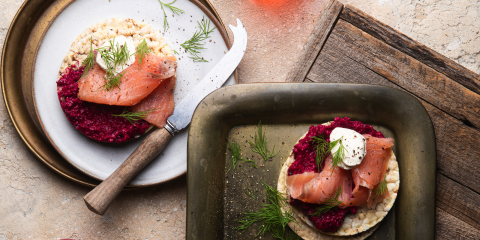Maintain Your Muscle Mass during Injury with Omega 3 Fat

Have you experienced an injury and after your body has recovered left with less muscle mass? Your hard efforts seem to slip away during periods of recovery, but the good news is a recent study found that using omega 3 fat may prevent this level of loss of muscle mass, size, and strength.
A randomized, double blind control trial aka a very high-quality study design found that omega-3 fat may play an important role in getting you back moving at the strength and level you had prior to an injury. The study was structures so that the experimental group of participants took 5 grams/day of omega-3 supplement a day. This was taken 4 weeks prior to 2 weeks of immobilization of lower limbs. Both study groups consumed protein at 1g/kg of body weight a day regardless of the supplementation.
After the period of muscle disuse both the omega-3 supplement group and the control group had a reduction in muscle volume and mass. The good news is the level of this mass and volume loss was significantly more in the group not taking the omega-3 supplement.
Another important benefit was the rate of recovery. After just two weeks following the disuse period the muscle mass and volume of those taking the omega-3 supplement was fully recovered.
Seafood provides the type of omega-3 fat your body uses best. You can find omega-3 fat in plant sources but the ability of your body to convert this type of omega-3 fat called alpha-linolenic acid (ALA) to the types used by your body called EPA (eicosapentaenoic acid) and DHA ( docosahexaenoic acid) is limited. Only around 1% of ALA is converted to EPA and DHA. The best sources of omega-3 fat your body can use include:
• Sardines
• Mackerel
• Salmon
• Oysters
• Trout
Adding seafood 2-3 times a week as part of an overall balanced diet is a smart choice. 100g is a serve and using tinned varieties is just as good as buying fresh or frozen.
If you are not sure how to include seafood two of my favourite ways is to enjoy seafood is adding tinned tuna and avocado on top of a few Corn Thins slices. I also like making a Corn Thins pizza and top a Corn Thins slice with sardines, pasta sauce and shredded mozzarella.
Take home message: Not only is it beneficial to include omega-3 fat in your diet during periods of recovery from injury but as part of your diet as a healthy lifestyle choice. Supplements were used in this study but whole food sources of omega-3 fat like seafood are not only safer but are linked to greater health benefits to your body due to their complex food matrix.
Reference:
McGlory C, Gorissen SHM, Kamal M, et al. Omega-3 fatty acid supplementation attenuates skeletal muscle disuse atrophy during two weeks of unilateral leg immobilization in healthy young women. FASEB J. 2019;33(3):4586‐4597. doi:10.1096/fj.201801857RRR